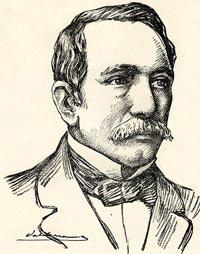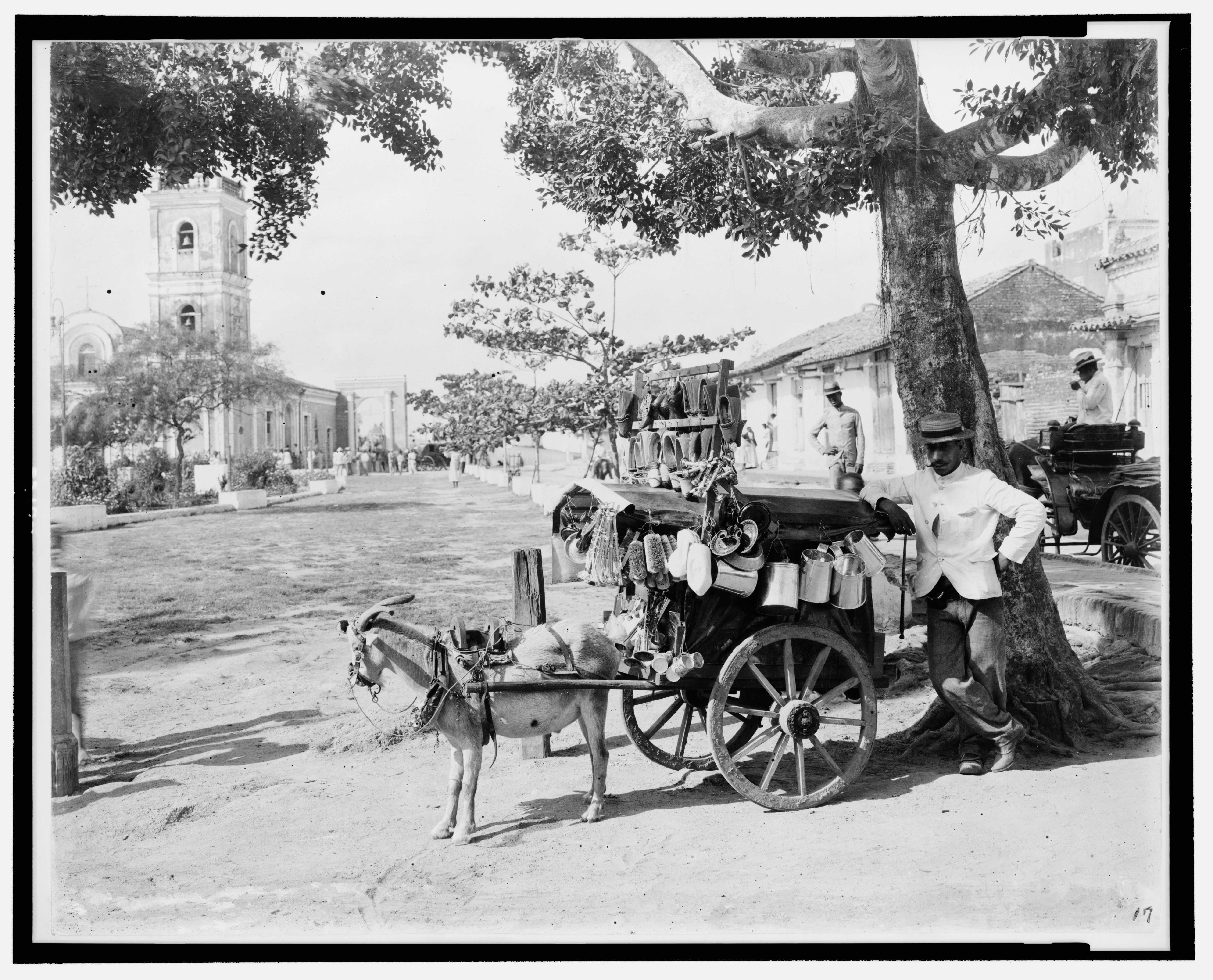|
Cuba–Venezuela Relations
Relations between Cuba and Venezuela were established in 1902. The relationship deteriorated in the 1960s and Venezuela broke relations in late 1961 following the Betancourt Doctrine policy of not having ties with governments that had come to power by non-Election, electoral means. A destabilizing factor was the Cuban support for the antigovernment guerrilla force that operates in remote rural areas. Venezuela broke off relations with Cuba after the Machurucuto raid, Machurucuto invasion in 1967, when Cuban trained guerrillas landed in Venezuela seeking to recruit guerrillas and overthrow the government of Raúl Leoni. Relations were reestablished in 1974. In 1999 the bilateral relation significantly improved during the Presidency of Hugo Chávez. Hugo Chávez, Chávez formed a major alliance with Cuban president Fidel Castro and significant trade relationship with Cuba since his election in 1999. The warm relationship between the two countries continued to intensify. After decad ... [...More Info...] [...Related Items...] OR: [Wikipedia] [Google] [Baidu] |
Betancourt Doctrine
The Rómulo Betancourt Doctrine is a doctrine of foreign policy promoted by the president of Venezuela Rómulo Betancourt that establishes the rupture of diplomatic relations with governments without democratic and dictatorial origins. History When he was sworn in before the Congress of the Republic in the Federal Legislative Palace, In his inaugural address, Betancourt made clear his political perspective and proclaimed what is now known as the Betancourt Doctrine and made his pronouncement about the new police doctrine for the country: “Shoot first, ascertain later.” One of the clearest marks of Betancourt’s repressive policy was marked on August 4, 1959, with the following words: This proclamation is understood as an instrument of protection for democratic regimes, the result of the free election of the people. It rejects the recognition of non-democratic or illegitimate governments, which has its meaning in the rupture of diplomatic relations with those dictatorial countr ... [...More Info...] [...Related Items...] OR: [Wikipedia] [Google] [Baidu] |
Camagüey
Camagüey () is a city and municipality in central Cuba and is the nation's third-largest city with more than 321,000 inhabitants. It is the capital of the Camagüey Province. It was founded as Santa María del Puerto del Príncipe in 1514, by Spanish colonists on the northern coast and moved inland in 1528, to the site of a Taino village named Camagüey. It was one of the seven original settlements (''villas'') founded in Cuba by the Spanish. After Henry Morgan burned the city in the 17th century, it was redesigned like a maze so attackers would find it hard to move around inside the city. The symbol of the city of Camagüey is the clayen pot or ''tinajón'', used to capture rain water and keep it fresh. Camagüey is also the birthplace of Ignacio Agramonte (1841), an important figure of the Ten Years' War against Spain. A monument by Italian sculptor Salvatore Buemi, erected in the center of the area to Ignacio Agramonte, was unveiled by his wife in 1912. It is composed of a ... [...More Info...] [...Related Items...] OR: [Wikipedia] [Google] [Baidu] |
United States
The United States of America (U.S.A. or USA), commonly known as the United States (U.S. or US) or America, is a country primarily located in North America. It consists of 50 states, a federal district, five major unincorporated territories, nine Minor Outlying Islands, and 326 Indian reservations. The United States is also in free association with three Pacific Island sovereign states: the Federated States of Micronesia, the Marshall Islands, and the Republic of Palau. It is the world's third-largest country by both land and total area. It shares land borders with Canada to its north and with Mexico to its south and has maritime borders with the Bahamas, Cuba, Russia, and other nations. With a population of over 333 million, it is the most populous country in the Americas and the third most populous in the world. The national capital of the United States is Washington, D.C. and its most populous city and principal financial center is New York City. Paleo-Americ ... [...More Info...] [...Related Items...] OR: [Wikipedia] [Google] [Baidu] |
Calixto Garcia
Calixto is a given name. Notable people with the name include: *Calixto Bieito (born 1963), Spanish theater director known for "radical" interpretations of classic operas *Benedito Calixto (1853–1927), Brazilian painter *Renato Ribeiro Calixto (born 1988), Brazilian footballer * Calixto R. Catáquiz (born 1948), the incumbent mayor of San Pedro, Laguna, Philippines *Irineu Calixto Couto (born 1983), Brazilian footballer *Calixto García (1839–1898), general in three Cuban uprisings, part of the Cuban War for Independence * Calixto Leicea (1909–2004), Cuban musician *Calixto Oyuela (1857–1935), Argentine poet and essayist *Calixto Pérez (born 1949), retired boxer from Colombia *Calixto Bravo Villaso (1790–1878), Mexican colonel, a cousin of Nicolás Bravo *Calixto Zaldivar (1904–1979), Member of the House of Representatives of the Philippines See also *Calixto, Cuba, a town in Las Tunas Province, Cuba *Calixto García, Cuba, a municipality in Holguín Province, Cuba *Cal ... [...More Info...] [...Related Items...] OR: [Wikipedia] [Google] [Baidu] |
Calixto Garcia De Luna E Izquierdo
Calixto is a given name. Notable people with the name include: *Calixto Bieito (born 1963), Spanish theater director known for "radical" interpretations of classic operas *Benedito Calixto (1853–1927), Brazilian painter *Renato Ribeiro Calixto (born 1988), Brazilian footballer *Calixto R. Catáquiz (born 1948), the incumbent mayor of San Pedro, Laguna, Philippines *Irineu Calixto Couto (born 1983), Brazilian footballer *Calixto García (1839–1898), general in three Cuban uprisings, part of the Cuban War for Independence *Calixto Leicea (1909–2004), Cuban musician *Calixto Oyuela (1857–1935), Argentine poet and essayist *Calixto Pérez (born 1949), retired boxer from Colombia *Calixto Bravo Villaso (1790–1878), Mexican colonel, a cousin of Nicolás Bravo *Calixto Zaldivar (1904–1979), Member of the House of Representatives of the Philippines See also *Calixto, Cuba, a town in Las Tunas Province, Cuba *Calixto García, Cuba, a municipality in Holguín Province, Cuba *Calix ... [...More Info...] [...Related Items...] OR: [Wikipedia] [Google] [Baidu] |
Antonio Maceo Grajales
Lt. General José Antonio de la Caridad Maceo y Grajales (June 14, 1845December 7, 1896) was second-in-command of the Cuban Army of Independence. Fellow Cubans gave Maceo the nickname “The Bronze Titan" ( es, El Titán de Bronce, links=no), nickname that he earned after being wounded several times in battle. Spaniards referred to Maceo as the "Greater Lion" (''El León mayor''). Maceo was one of the most noteworthy guerrilla leaders in 19th century Latin America, comparable to José Antonio Páez of Venezuela in military acumen. Early years Maceo was the son of a Venezuelan farmer and dealer in agricultural products, , and a mulatto Cuban woman of Dominican descent, Mariana Grajales y Cuello. His father when still a young man, fought for the Spanish against the forces for independence led by Simón Bolívar, José Antonio Páez and others. In 1823, he moved from Caracas, Venezuela, to Santiago de Cuba, Cuba, after some of his comrades were exiled from South America. Mace ... [...More Info...] [...Related Items...] OR: [Wikipedia] [Google] [Baidu] |
Battle Of Lake Maracaibo
The Battle of Lake Maracaibo also known as the "Naval Battle of the Lake" was fought on 24 July 1823 on Venezuela's Lake Maracaibo between fleets under the commands of Republican Admiral José Prudencio Padilla and royalist Captain Ángel Laborde. The engagement was won by the Republican forces, and was the last battle of the Venezuelan War of Independence and the larger Spanish American wars of independence. The Republican ships were part of the armed forces of Gran Colombia led by Simón Bolívar. The Battle of Carabobo of 1821 is usually seen in the historiography as the culminating battle for Venezuelan independence. However, some historians point out that if the Battle of Lake Maracaibo had been a victory for the Royalist forces, the Spanish Crown might have been able to establish a new front in Western Venezuela from which to attack the Republican forces stationed in Venezuela. As a result of the defeat, the Spanish did not send any reinforcing regiments to Venezuela, ... [...More Info...] [...Related Items...] OR: [Wikipedia] [Google] [Baidu] |
Havana
Havana (; Spanish: ''La Habana'' ) is the capital and largest city of Cuba. The heart of the La Habana Province, Havana is the country's main port and commercial center.Cuba ''''. . The city has a population of 2.3million inhabitants, and it spans a total of – making it the largest city by area, the most populous city, and the [...More Info...] [...Related Items...] OR: [Wikipedia] [Google] [Baidu] |
Battle Of Carabobo
The Battle of Carabobo, on 24 June 1821, was fought between independence fighters, led by Venezuelan General Simón Bolívar, and the Royalist forces, led by Spanish Field Marshal Miguel de la Torre. Bolívar's decisive victory at Carabobo led to the independence of Venezuela and establishment of the Republic of Gran Colombia. Before the battle There were several events that led to the Battle of Carabobo. Francisco de Miranda, famed patriot that tried to free many Latin American countries alongside Simón Bolívar, had taken control of Caracas from 1810 to 1812. The Spanish took back control and Miranda was handed to the royalists because Bolívar, in one of the most questionable decisions of his life, believed him to be a traitor. Bolívar then fled from Venezuela, after which he organized the Admirable Campaign in 1813 and re-established the Second Republic of Venezuela. Bolívar would lose Venezuela again in 1814 and he would re-establish the Venezuelan Republic one more ... [...More Info...] [...Related Items...] OR: [Wikipedia] [Google] [Baidu] |





